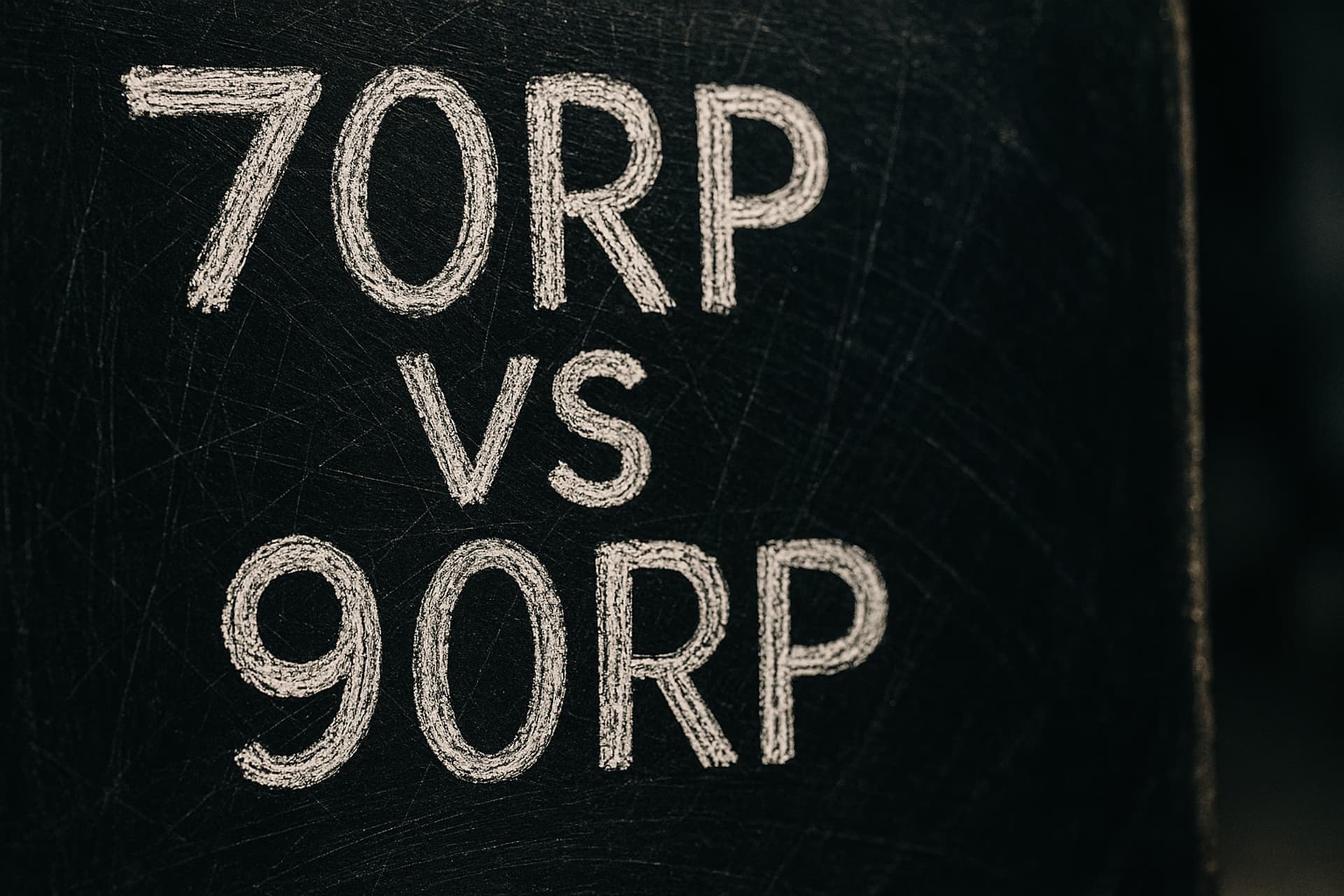O-Level Chemistry Reaction Rate Investigations (Paper 3)
Download printable cheat-sheet (CC-BY 4.0)02 Nov 2025, 00:00 Z
A
Reviewed by
Azmi·Senior Chemistry Specialist
Want small-group support? Browse our IP Chemistry Tuition hub.
TL;DR
Paper 3 repeatedly examines speeds of reaction that rely on tracking temperature, gas volume, mass decrease, or colour change, and the 2026 syllabus expects candidates to be fluent with data-loggers as well as manual timing.
Planning, MMO, and PDO marks hinge on controlling variables (particle size, concentration, temperature), selecting the right measurement route, and presenting tables/graphs that match the instruments used.
ACE credit comes from linking your data trends to collision theory, quantifying uncertainties, and recommending refinements grounded in SEAB’s practical expectations.
Keep Revisiting the Experiments Hub
Log each timing drill inside the O-Level Chemistry Experiments hub so rate investigations stay aligned with the titration, qualitative analysis, and separation workflows you’re revising.
1 | Where rates of reaction appear in the syllabus
- Speeds of reaction sit second in SEAB’s Paper 3 practical techniques list, with explicit reminders that experiments may require temperature, volume, length, mass, or time measurements (SEAB 2026 syllabus, p. 27).
- Assessment objectives reinforce that high-scoring candidates manipulate measurements effectively, record to appropriate precision, and integrate theory into conclusions (MMO, PDO, ACE) while executing a structured plan (P) (SEAB 2026 syllabus, pp. 25 – 26).
- The same guidance notes nudge centres to provide data-loggers; expect questions where temperature probes or light sensors replace manual readings (SEAB 2026 syllabus, p. 27).
2 | Planning templates for rate tasks
- State the rate question clearly. Example: “Investigate how varying hydrochloric acid concentration affects the rate of reaction with excess magnesium ribbon.”
- Identify variables and controls. Independent variable (acid concentration), dependent variable (time for 30 cm³ of hydrogen, temperature rise, or mass lost), and controlled variables such as magnesium length, solution volume, ambient temperature, and stirring rate.
- Select measurement method. Justify why you are using a gas syringe, inverted measuring cylinder, top-pan balance, or temperature probe — linking back to the syllabus’ list of measurement types.
- Outline step-by-step instructions. Reference the apparatus list (e.g. 100 cm³ measuring cylinder, stopwatch with 1 s resolution, balance accurate to 0.01 g) to show you can assemble the setup quickly (




